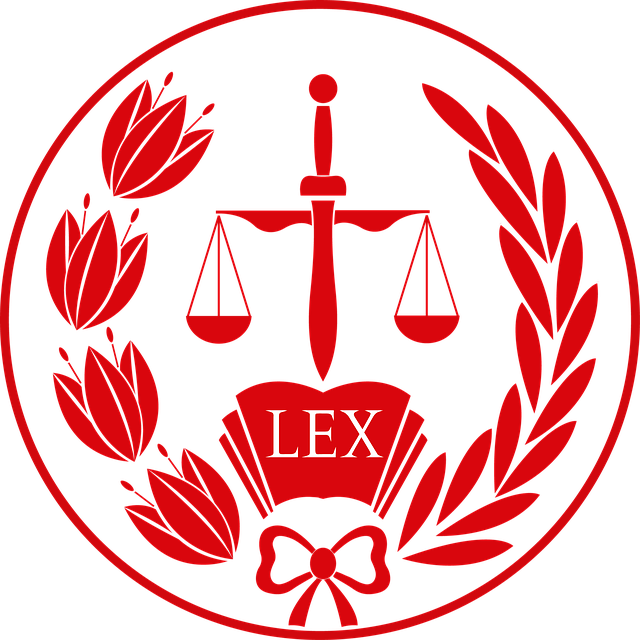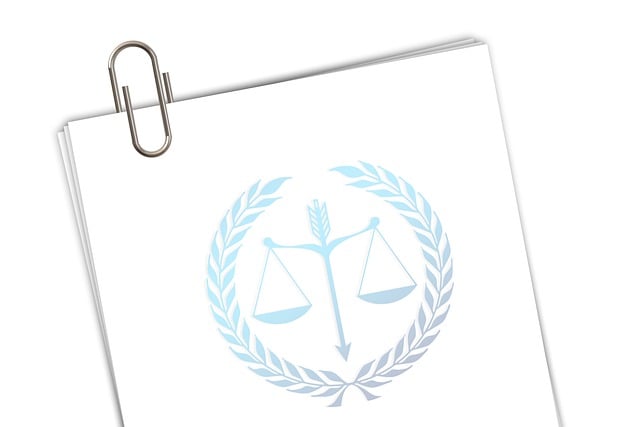In the healthcare industry, understanding patent infringement laws is crucial for protecting medical innovations. The Civil Litigation Process for Patent Infringement resolves IP disputes through detailed disclosures, expert opinions, and extensive evidence collection. This meticulous procedure begins with a thorough analysis of alleged infractions, followed by legal action from the patent holder, defensive responses from accused parties, discovery, pre-trial motions, and a trial to determine remedies. Balancing innovation and public access to essential medicines, philanthropic and political communities shape patent laws. Proactive IP protection and effective risk management are vital for life sciences companies to navigate the intricate medical regulations while fostering healthcare innovation.
In the dynamic landscape of healthcare, understanding patent infringement laws is paramount for navigating legal protections and fostering medical innovation. This comprehensive article delves into critical aspects of the civil litigation process for patent infringement, providing a step-by-step guide to help innovators and practitioners navigate these complex waters. By exploring key considerations and real-world implications, we aim to illuminate the path toward successful dispute resolution, ultimately shaping the future of healthcare innovation.
- Understanding Patent Infringement Laws and Their Impact on Healthcare
- The Civil Litigation Process: A Step-by-Step Guide for Patent Disputes
- Navigating Legal Protections and Risks in the Medical Innovation Landscape
Understanding Patent Infringement Laws and Their Impact on Healthcare

In the healthcare sector, understanding patent infringement laws is paramount due to the innovative nature of medical advancements. These legal frameworks play a crucial role in protecting intellectual property (IP), fostering innovation, and ensuring fair competition among pharmaceutical companies. Patent holders have the exclusive right to manufacture, use, or sell their patented inventions for a specified period, which can range from 20 to 25 years, depending on the jurisdiction. This exclusivity encourages significant investments in research and development by providing a financial incentive.
The Civil Litigation Process for Patent Infringement is a complex yet vital mechanism designed to resolve disputes related to IP violations. When a patent holder believes their invention has been infringed upon, they can initiate legal action against the alleged infringer. This process involves detailed disclosures, expert opinions, and extensive evidence collection. Achieving extraordinary results in such cases often relies on an unprecedented track record of successful litigation within the healthcare industry. Philanthropic and political communities also play a role in shaping patent laws, ensuring they balance innovation and public access to essential medicines.
The Civil Litigation Process: A Step-by-Step Guide for Patent Disputes

The Civil Litigation Process for Patent Infringement cases involves several distinct steps, each crucial in protecting intellectual property rights. It begins with a thorough understanding of the alleged infringement, requiring careful examination of the patent, the accused product or service, and their respective functions. This initial phase sets the stage for the entire legal battle by establishing a clear definition of the dispute. Once identified, the aggrieved party, typically the patent holder, initiates legal action by serving a complaint on the defendant, outlining the alleged infractions and seeking redress.
Post this, all stages of the investigative and enforcement process come into play. The defendants then have the opportunity to respond, either through a summary dismissal or filing an answer, detailing their defenses and counterclaims. This is followed by discovery, where both parties gather evidence, including documents, expert opinions, and witness statements, crucial for building strong legal arguments. As the case progresses, pre-trial motions may be filed to address procedural matters or seek specific relief. The culmination of these steps leads to a trial, where both sides present their cases before a judge or jury, who ultimately decides on the outcome, which can include monetary damages, injunctive relief, or a combination of both for patent infringement.
Navigating Legal Protections and Risks in the Medical Innovation Landscape

Navigating the legal landscape surrounding medical innovation is a delicate balance between fostering progress and protecting patient safety. As new treatments and technologies emerge, understanding the respective business protections becomes paramount. Patent laws play a pivotal role in incentivizing research and development by granting inventors exclusive rights to their creations, thus enabling them to recover investment costs and encourage further advancements. However, this process also invites potential legal risks, particularly when dealing with patent infringement claims through the civil litigation process.
Companies specializing in life sciences and healthcare must be vigilant in safeguarding their intellectual property rights while ensuring patient access to essential treatments. The intricate nature of medical regulations demands a nuanced approach to risk management, especially when dealing with corporate and individual clients. A robust general criminal defense strategy is crucial to mitigate legal challenges, enabling businesses to navigate the complex web of patent laws and protect their innovative contributions to healthcare without undue hindrance.
Understanding patent laws and navigating the civil litigation process is paramount in the dynamic landscape of healthcare innovation. By recognizing the impact of patent infringement and employing strategic legal protections, medical professionals and companies can foster a competitive yet ethical environment. The guide’s insights into the Civil Litigation Process for Patent Infringement offer a crucial roadmap, ensuring that disputes are handled efficiently while upholding intellectual property rights. Ultimately, this knowledge empowers stakeholders to contribute to advancements in healthcare without compromising legal integrity.






